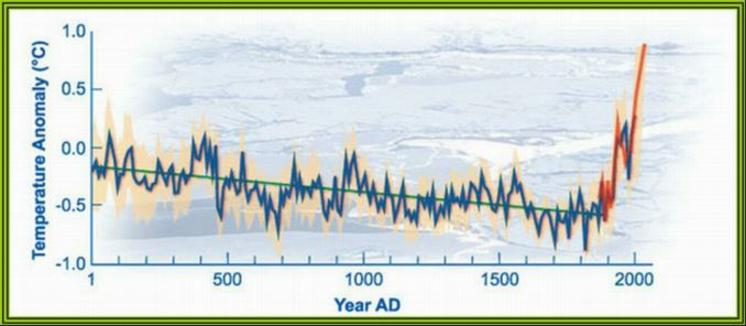From NewScientist, 26 February 2010, by Kate Ravilious
EVERY winter the Arctic ice cap is penned in by curved barriers of ice spanning the straits that lead out of the Arctic Ocean. Now it seems that some of these ice arches are failing to form. The resulting exodus of sea ice into the Atlantic and Pacific could affect ocean circulation and marine life.
A team led by Ronald Kwok of the Jet Propulsion Laboratory in Pasadena, California, has studied satellite images of the Nares Strait - the narrow passage between Greenland and Ellesmere Island. For each of the last 13 years they noted when ice arches formed and how much sea ice escaped down the strait. During most years, large blocks of sea ice clump together in mid-January to build one or two arches across the strait. The arches usually persist for around six months, acting as dams to prevent the ice from floating away.
Then in 2007, the warmest year on record in the Arctic, no arches formed and vast quantities of sea ice were lost. "Around 1 per cent of Arctic ice by area went down the Nares Strait that year; more than double the usual amount," says Kwok. The next year wasn't much better - only one weak arch formed and broke down after two months (Geophysical Research Letters, DOI: 10.1029/2009GL041872). Last year provided a brief respite, but so far in 2010 there is no sign of any arches in the strait.
Kwok and his colleagues suspect that higher temperatures are thinning Arctic ice, creating smaller and weaker blocks that are less effective at building arches.
Peter Wadhams from the University of Cambridge agrees that the arches have become less stable, but isn't convinced that this will have much effect on overall ice flow. "The Nares Strait is a lesser outflow - the main one is the Fram Strait," he says. Fram is too wide to form arches.
Ice arches do plug many other openings in the Arctic, however, including the Bering Strait and parts of the Canadian archipelago. Kwok and his colleagues speculate that if these arches fail like those of the Nares Strait, then the heavy ice traffic leaving the Arctic could lower the salinity of the water enough to affect ocean circulation. Ecosystems that are adapted to ice-free conditions could also be disrupted.
Add this to the last post re huge icebergs, and I think it's apparent something very interesting is about to happen...
Welcome to By 2100!
This Blog is designed to be a Diary of Events illustrating Global Climate Change, and where it will lead.
Commentary is encouraged, but this Blog is not intended for discussion on the Validity of Climate Change.
Category Labels
- Climate Events (85)
- Climate Solutions (45)
- Videos (42)
- Climate Statistics (39)
- The Deniers (34)
- Humour (15)
- Basic Information (5)
Friday, February 26, 2010
Subscribe to:
Post Comments (Atom)
www.know-the-number.com
Our Climate is Changing!Please download Flash Player.

No comments:
Post a Comment